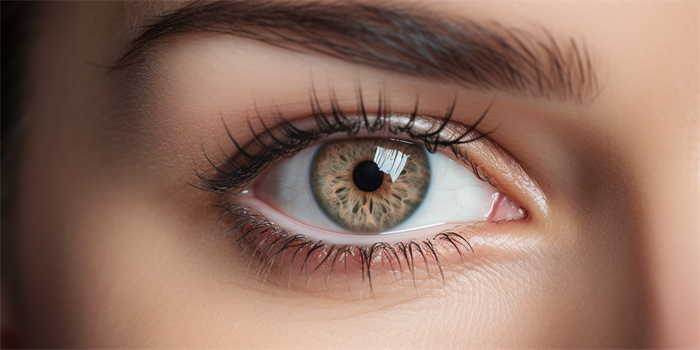Understanding the Potential Side Effects of Latisse in Ireland
Introduction to Latisse
Latisse, a popular prescription treatment for hypotrichosis (inadequate or not enough eyelashes), is widely used in Ireland to enhance eyelash growth. It contains bimatoprost, a prostaglandin analog, which is known to stimulate hair growth. While Latisse is generally effective, it is important to be aware of potential side effects to make informed decisions about its use.

Common Side Effects
The most frequently reported side effects of Latisse include:
- Eye Irritation: Some users may experience mild irritation, redness, or itching in the eyes. These symptoms are usually temporary and resolve on their own.
- Darkening of the Eyelid Skin: Over time, the skin around the eyes may darken. This effect is usually reversible if Latisse use is discontinued.
- Increased Brown Pigmentation of the Iris: In rare cases, the color of the iris may gradually darken. This change is usually permanent, even after stopping the medication.
Less Common Side Effects
While less frequent, some users may encounter the following side effects:
- Eyelid Skin Darkening: The skin on the upper eyelid may darken and may continue to darken over time. This effect is reversible upon discontinuation of Latisse.
- Eye Pressure Changes: In some individuals, Latisse may cause a slight increase in intraocular pressure. Regular monitoring by an eye care professional is recommended, especially for those with a history of glaucoma.
Rare but Serious Side Effects
Although rare, some serious side effects have been reported:
- Allergic Reactions: Some users may experience severe allergic reactions, including swelling of the face, lips, or eyelids. Immediate medical attention is necessary if such symptoms occur.
- Vision Changes: In very rare cases, Latisse may lead to changes in vision, including blurred vision or difficulty focusing. If these symptoms persist, it is crucial to consult an eye specialist.
Post-Treatment Care and Monitoring
To minimize the risk of side effects, it is advisable to follow these post-treatment care guidelines:
- Regular Eye Exams: Schedule regular eye exams to monitor for any changes in eye pressure or vision.
- Proper Application: Ensure that Latisse is applied correctly to avoid contact with the lower eyelid or other parts of the face.
- Consultation with a Healthcare Provider: Discuss any concerns or side effects with a healthcare provider to determine the best course of action.
FAQ
Q: Can Latisse be used by everyone?
A: No, Latisse is a prescription medication and should only be used under the guidance of a healthcare provider. It is not suitable for individuals with certain eye conditions or those taking certain medications.
Q: How long does it take to see results with Latisse?
A: Most users begin to see an improvement in lash length, thickness, and darkness within 4 to 8 weeks of starting treatment. Full results may take up to 16 weeks.
Q: Is the darkening of the iris reversible?
A: In most cases, the darkening of the iris is permanent even after discontinuing Latisse. It is important to monitor for any changes in eye color during treatment.
Q: Can Latisse be used on eyebrows?
A: Latisse is specifically formulated for eyelash enhancement and is not recommended for use on the eyebrows. Using it on the eyebrows may lead to unwanted hair growth in the area.
Understanding the potential side effects of Latisse is crucial for safe and effective use. By following proper application techniques and monitoring for any adverse reactions, users in Ireland can enjoy the benefits of longer, thicker eyelashes while minimizing risks.




